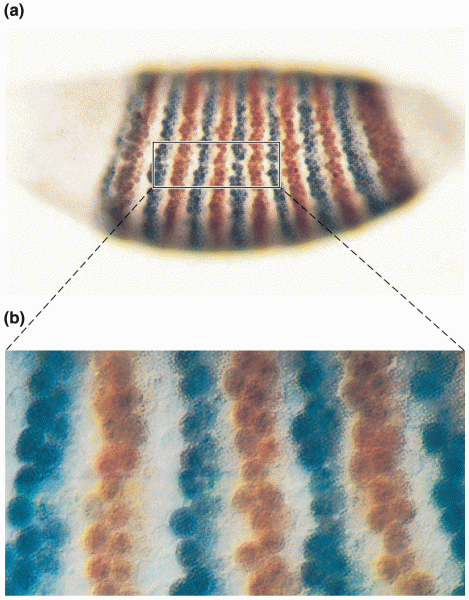|
|
|
Did you know?
Human kidneys will clean about 1 million gallons of blood in an average lifetime.
Did you know?
Blood is approximately twice as thick as water because of the cells and other components found in it.
Did you know?
People about to have surgery must tell their health care providers about all supplements they take.
Did you know?
Long-term mental and physical effects from substance abuse include: paranoia, psychosis, immune deficiencies, and organ damage.
Did you know?
Increased intake of vitamin D has been shown to reduce fractures up to 25% in older people.







